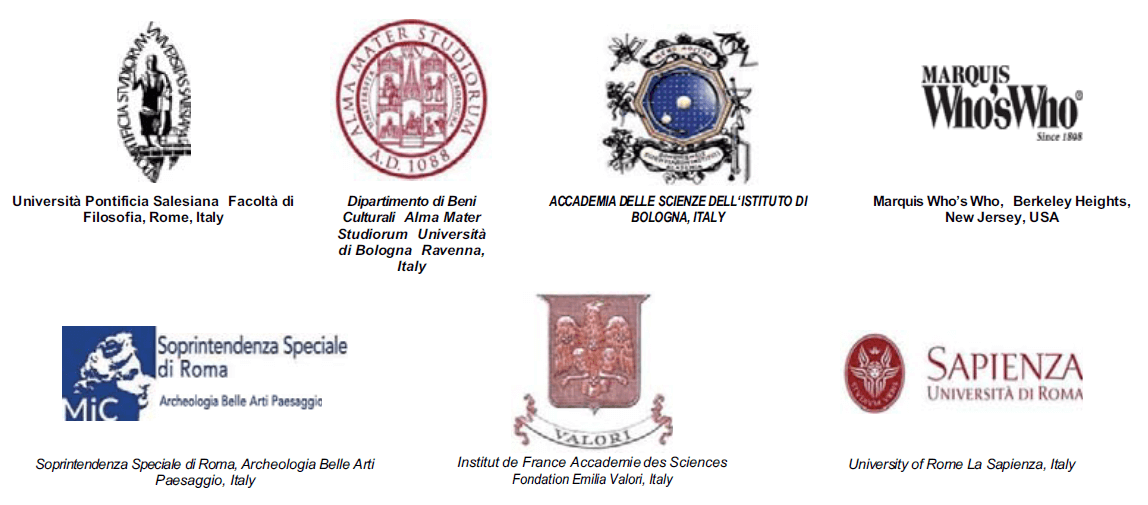Tursi: the Rabatana
DOI:
https://doi.org/10.6092/issn.1973-9494/585Abstract
There are many important factors which make the town of Tursi an exceptional case in the pattern of human settlements in Basilicata: to begin with, it was the Capital of Leukanía, the third Byzantine thema of the Catepanate of Italy; then, it acquired a certain Islamic character due to the highest point of the old town, called “Rabatana”; finally, it gained importance because of its geomorphological context, characterized by major deterioration factors and a high level of environmental vulnerability. Because of these reasons, and in the framework of a project called “Integrated multimedia cataloguing of the Cultural Heritage” (see Law n. 513/99), the Sassi di Matera Foundation decided to entrust the former International Institute of Frederician Studies, now known as Institute for Archaeological Heritage – monuments and sites (a branch of CNR, the National Research Council) with a systematic study of the history of Rabatana (roughly coinciding with the historical centre of the Basilicatan town) and its different aspects: its urban layout, its historical and artistic heritage, its environmental factors, its geomorphological features, its typological models, its architectural remains, and its historical and artistic heritage. The study will be carried out by means of techniques and methods ranging from the analysis of historical documents to the use of more complex survey tools such as aerial photogrammetry, cartography, micro-toponomy, the analysis of building elements and techniques, environmental research, seismic evaluation, geomorphological and hydrogeological risk assessment, infrared technology, GIS and so on. Thanks to the multidisciplinary approach of these different forms of knowledge, a large amount of data emerged, which made it possible to suggest a broader yet more targeted interpretation of the urban fabric.Downloads
How to Cite
Fonseca, C. D. (2004). Tursi: the Rabatana. Conservation Science in Cultural Heritage, 4(1), 335–346. https://doi.org/10.6092/issn.1973-9494/585
Issue
Section
Articles
License
Copyright (c) 2004 Cosimo Damiano Fonseca
Copyrights and publishing rights of all the texts on this journal belong to the respective authors without restrictions. Authors grant the journal right of first publication.This journal is licensed under a Creative Commons Attribution 3.0 Unported License. (full legal code)See also our Open Access Policy.






